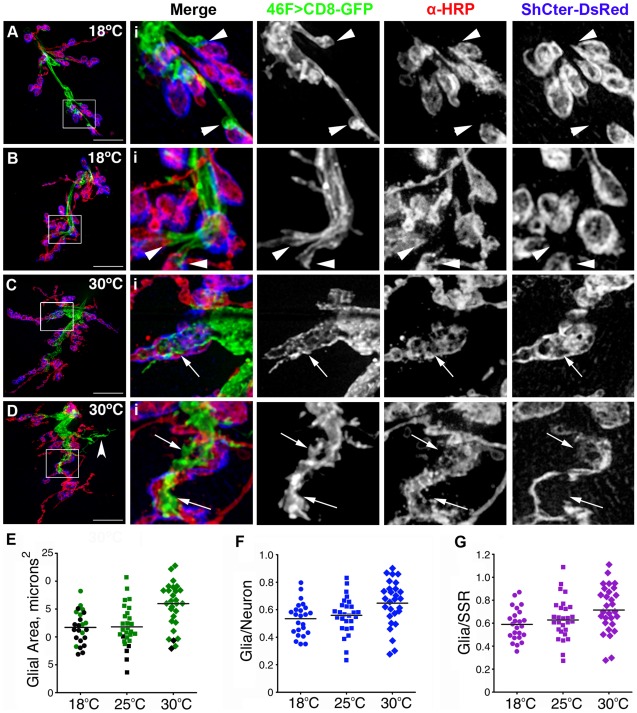Figure 6. Increased rearing temperature expanded the perineurial glial processes.
A–D) Live NMJs from F3 larvae with glial processes labeled using 46F>CD8-GFP (green), axons plus boutons immunolabeled with anti-HRP (red) and the SSR labeled with ShCter-DsRed (blue). Scale bars, 15 µm. The boxed regions (i) were digitally scaled 400% and all three channels shown in grayscale. A–B) NMJs from larvae raised at 18°C. Ai–Bi) Glial processes were small and most stopped at the axon end prior to the proximal boutons in the region corresponding to the end of the blood-nerve barrier (arrowheads). Glial areas: A = 15.7 µm2; B = 14.0 µm2 C–D) NMJs from larvae grown at 30°C. Ci–Di) Glial processes were more extensive and processes occupied a central channel along the synapse (arrows), plus extended across the muscle away from the NMJ (concave arrowhead). Glial areas: C = 16.0 µm2; D = 20.1 µm2 E–G) Glial membrane areas were measured and compared to neuron/bouton area (anti-HRP) and SSR area at 18°C, 25°C and 30°C. E) The mean area of glial processes (green) was significantly higher in larvae reared at 30°C (diamonds) than 18°C (circles) or 25°C (squares) (P<0.0002). Black symbols represent NMJs with glial processes that stopped at the motor axon end prior to the first bouton in the region defined as the terminus of the blood-nerve barrier. F) The mean ratio of glial process (GP) to neuron/bouton area (anti-HRP)(blue) was significantly greater at 30°C (diamonds) compared to 18°C (circles) and 25°C (squares) (P<0.0125). G) The mean ratio of GP to SSR area (magenta) was significantly greater for larvae reared at 30°C (diamonds) compared to 18°C (circles) and 25°C (squares) (P<0.0302).

